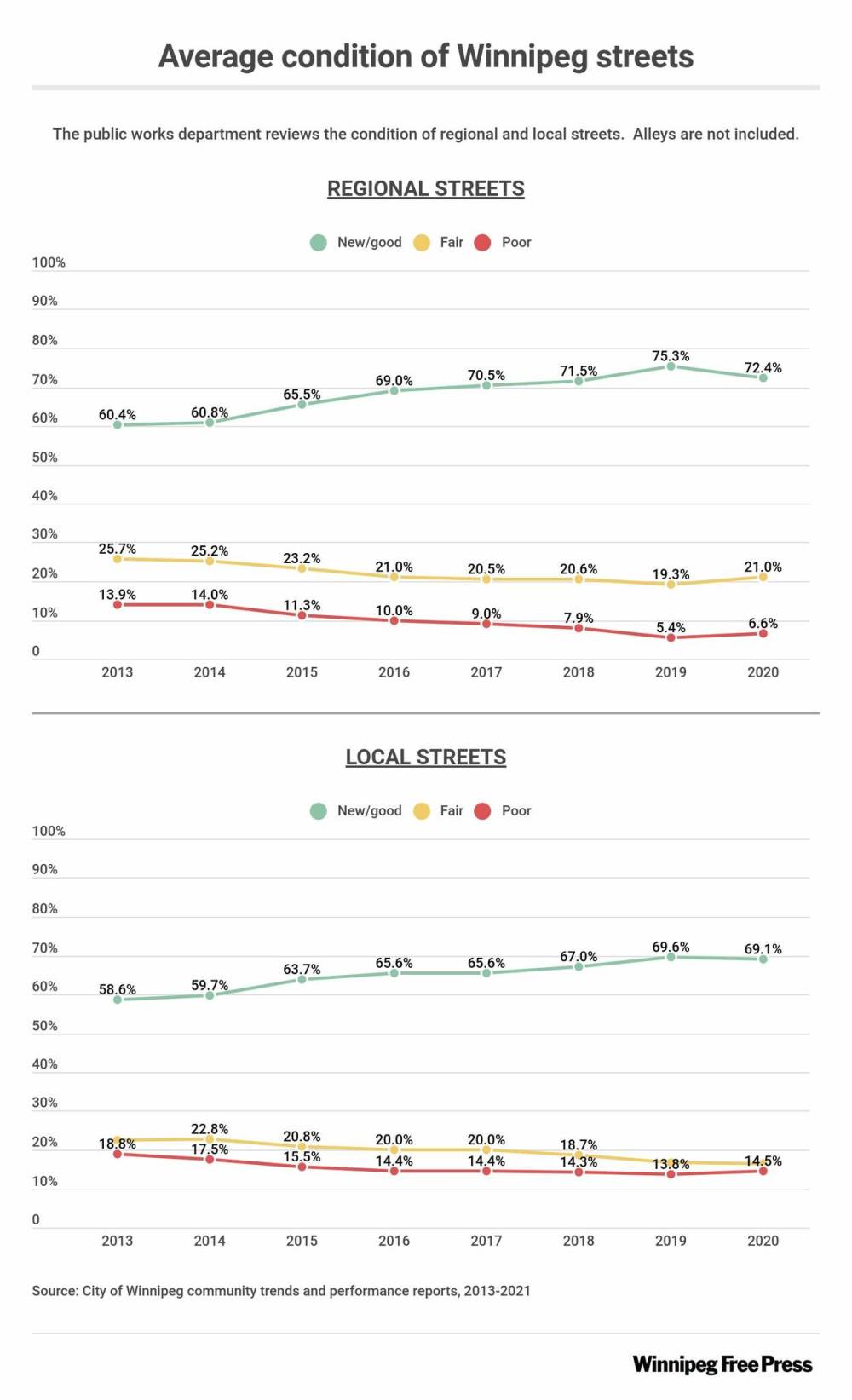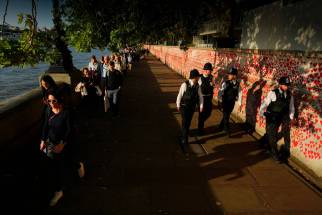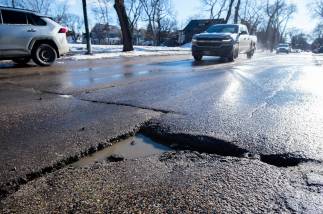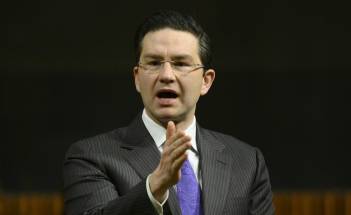Public expectations take wheel of road repair plans
Read this article for free:
or
Already have an account? Log in here »
To continue reading, please subscribe:
Monthly Digital Subscription
$0 for the first 4 weeks*
- Enjoy unlimited reading on winnipegfreepress.com
- Read the E-Edition, our digital replica newspaper
- Access News Break, our award-winning app
- Play interactive puzzles
*No charge for 4 weeks then price increases to the regular rate of $19.00 plus GST every four weeks. Offer available to new and qualified returning subscribers only. Cancel any time.
Monthly Digital Subscription
$4.75/week*
- Enjoy unlimited reading on winnipegfreepress.com
- Read the E-Edition, our digital replica newspaper
- Access News Break, our award-winning app
- Play interactive puzzles
*Billed as $19 plus GST every four weeks. Cancel any time.
To continue reading, please subscribe:
Add Free Press access to your Brandon Sun subscription for only an additional
$1 for the first 4 weeks*
*Your next subscription payment will increase by $1.00 and you will be charged $16.99 plus GST for four weeks. After four weeks, your payment will increase to $23.99 plus GST every four weeks.
Read unlimited articles for free today:
or
Already have an account? Log in here »
Hey there, time traveller!
This article was published 15/09/2022 (1178 days ago), so information in it may no longer be current.
The overall condition of Winnipeg’s roads has improved in recent years. That may seem hard to believe after the tire-popping, front-end-busting pothole season suffered through in the spring.
However, according to the City of Winnipeg’s street rating data, local and regional routes are in better shape today than they were when city council began collecting a dedicated property tax for road repair in 2013.
It’s important to look at that data, since many have wondered if the two per cent a year tax increase has improved roads — and a whether a new dedicated tax for infrastructure, as proposed by mayoral candidate Scott Gillingham in the upcoming civic election, would make a difference.
It’s a fair question.
WINNIPEG FREE PRESS According to the City of Winnipeg’s street rating data, local and regional routes are in better shape today than they were when city council began collecting a dedicated property tax for road repair in 2013.
The city rates the condition of local and regional streets based on three categories: good/new, fair, and poor.
In 2013, the year the city brought in an annual one per cent property tax increase for local road repair, 58.6 per cent were deemed to be in new/good condition. That number grew almost every year and reached 69.1 per cent in 2020.
During the same period, the percentage of local roads assessed as poor fell to 14.5 per cent from 18.8 per cent. It’s a modest improvement, but it has moved in the right direction.
The data are similar for regional streets, such as Portage Avenue and Pembina Highway. In 2014, the year a one per cent annual property tax increase was established for regional roads, 60.4 per cent of them were in new/good condition. That increased to 72.4 per cent by 2020.
In 2013, the year the city brought in an annual one per cent property tax increase for local road repair, 58.6 per cent were deemed to be in new/good condition. That number grew almost every year and reached 69.1 per cent in 2020.–City of Winnipeg street rating data
The main reason: the public works department is fixing more roads.
In 2013, 108 kilometre-lanes were repaired (either resurfaced or reconstructed). That number has grown almost every year. There were 146.6 km-lanes repaired in 2021.
The public appears to have noticed, at least for regional roads. The city’s surveys show citizen satisfaction with regional roads grew to 61 per cent in 2021 from 42 per cent in 2015. It plummeted to 40 per cent in 2022 — likely owing to the worse-than-usual pothole season (which was largely weather-driven).
Public satisfaction with local roads is less rosy: it ranged between 44 per cent and 55 per cent from 2015 to 2021, and dropped to 39 per cent in 2022. Clearly, the public isn’t happy with the condition of its residential streets.
Is the city spending enough on road repair, even with annual two per cent property tax increases for street renewal? It depends what people’s expectations are.
Citizen satisfaction with regional roads grew to 61 per cent in 2021 from 42 per cent in 2015. It plummeted to 40 per cent in 2022.–City of Winnipeg street rating data
The amount spent on street renewal is nowhere near enough if the goal is to have 100 per cent of roads in the good/new to fair categories. The city estimated in 2018 the road infrastructure deficit (which includes building new roads and repairing existing ones) is $1.9 billion over 10 years. That’s the amount needed to bring roads into good repair beyond what the city expects to spend.
Depending on construction inflation and other factors that impact prices, that would require somewhere in the neighbourhood of $200 million more each year over 10 years. Considering this year’s road repair budget is $164.7 million, that seems unrealistic, unless the federal and provincial governments put gobs of money on the table for municipal infrastructure.
Still, larger road repair budgets do produce results, as Winnipeg has seen in recent years. It’s just a question of how much taxpayers are willing to spend and how effectively and efficiently the city uses that money.
The amount spent on street renewal is nowhere near enough if the goal is to have 100 per cent of roads in the good/new to fair categories.
It also depends how much the city decides to put into expanding its road network, including plans to extend Chief Peguis Trail and widen Kenaston Boulevard between Ness and Taylor avenues. The cost estimate for each is around $500 million.
Part of the reason Gillingham wants a new infrastructure tax is to help pay for projects such as those, as well as to fix roads.
And what about active transportation? How much more should go into separated bike paths and how should that be financed?
These are all good questions voters should be asking mayoral candidates and those running for city council. Most people want better roads, sidewalks and back lanes, and an expanded network of bike paths.
The person at your door who wants your vote has an obligation to tell you how they plan to pay for them.
tom.brodbeck@freepress.mb.ca

Tom has been covering Manitoba politics since the early 1990s and joined the Winnipeg Free Press news team in 2019.
Our newsroom depends on a growing audience of readers to power our journalism. If you are not a paid reader, please consider becoming a subscriber.
Our newsroom depends on its audience of readers to power our journalism. Thank you for your support.






